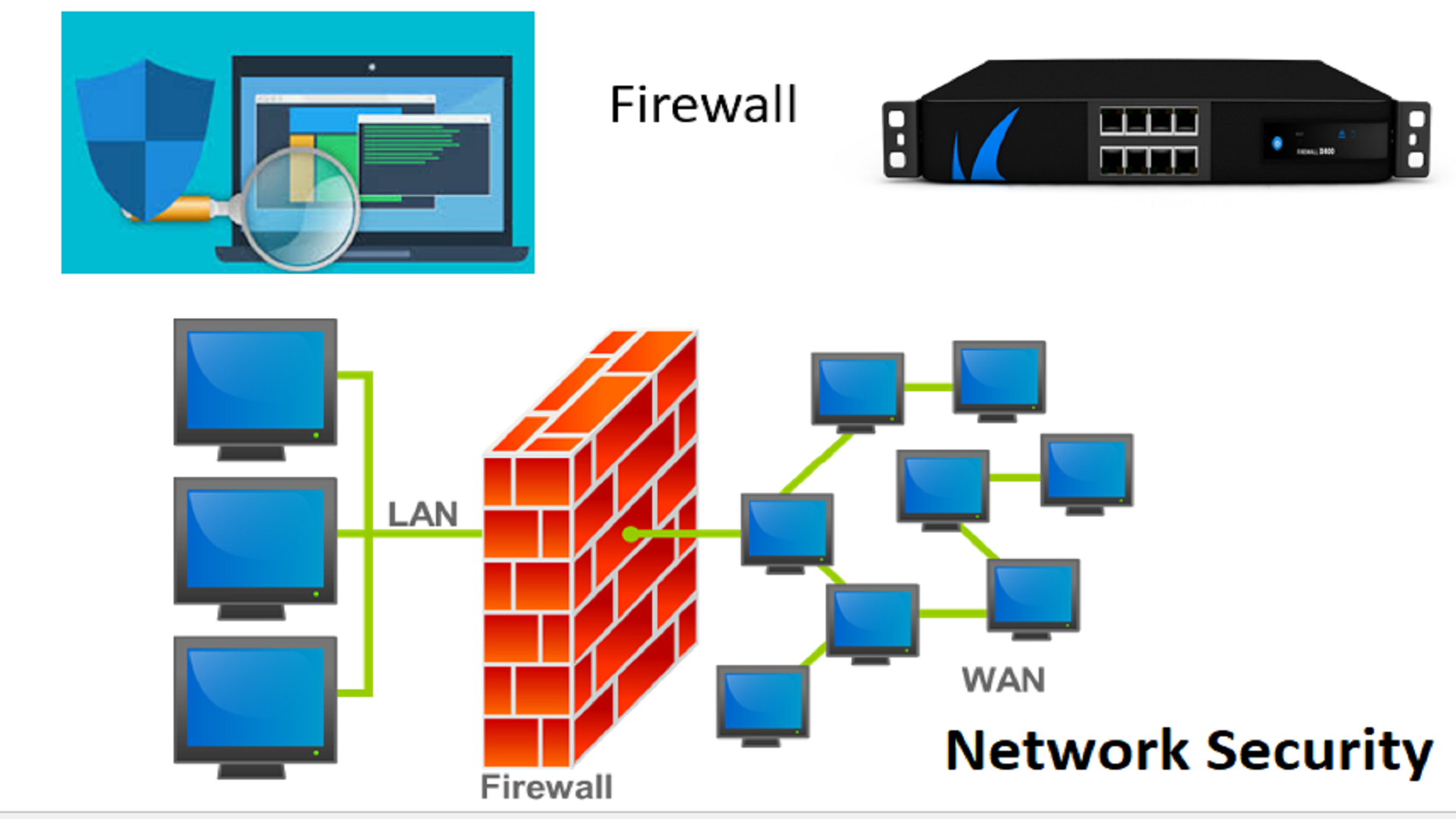Mastering The Art Of Using RemoteIoT Behind A Firewall
So, you're looking to dive into the world of RemoteIoT behind a firewall? Great move! In today's hyper-connected world, mastering remote IoT connectivity is like having a secret weapon. Whether you're an IT guru, a curious tech enthusiast, or someone just trying to keep their network secure, understanding how to use RemoteIoT behind a firewall is crucial. This isn't just about setting up a gadget—it’s about ensuring seamless communication while maintaining top-notch security.
You might be thinking, "Why does this matter so much?" Well, imagine running a business where all your IoT devices are scattered across different locations. Now, try to picture connecting to them securely without exposing your network to potential threats. That's where RemoteIoT behind a firewall comes into play. It’s like having a hidden door that only you and your trusted devices can access. Sounds cool, right?
Before we jump into the nitty-gritty details, let me assure you this guide is packed with practical tips, expert advice, and actionable steps. By the time you finish reading, you'll have a solid understanding of how to use RemoteIoT behind a firewall like a pro. So, buckle up, and let's get started!
- Why Hdmovie2fit Has Revolutionized The Movie Streaming Scene
- Unlock Your Creativity With Free Undress Apps A Comprehensive Guide
Table of Contents
Firewall Basics: Understanding the Barrier
Why Use RemoteIoT Behind a Firewall?
- Breaking Down John Roberts Fox News Illness A Deep Dive
- Abigail Hawk Bikini The Ultimate Guide To Her Style Journey And Impact
Setting Up RemoteIoT: Step-by-Step Guide
Common Challenges and Solutions
Best Practices for Secure Connectivity
Advanced Techniques for Pro Users
Real-World Examples of RemoteIoT in Action
Future Trends in RemoteIoT Technology
What is RemoteIoT?
Alright, let's start with the basics. RemoteIoT is essentially a framework or set of tools that allows IoT devices to communicate securely from remote locations. Think of it as the middleman that ensures your smart fridge at home can still talk to your smartphone while you're sipping coffee in a café miles away. But here's the twist—it does all this while keeping your data safe from prying eyes.
Now, when we talk about using RemoteIoT behind a firewall, we're referring to setting up a secure channel that bypasses the typical restrictions imposed by corporate or personal firewalls. This is super important because firewalls are designed to block unauthorized access, and sometimes they can mistakenly block legitimate IoT traffic too. So, learning how to use RemoteIoT behind a firewall is like teaching your firewall to recognize and welcome your IoT devices.
Key Features of RemoteIoT
- Secure data transmission
- Seamless device integration
- Customizable access controls
- Scalable for growing networks
Firewall Basics: Understanding the Barrier
Before we dive deeper into RemoteIoT, let's talk about firewalls. A firewall is like the bouncer at a club—it decides who gets in and who stays out. In the context of networks, a firewall monitors and controls incoming and outgoing network traffic based on predetermined security rules. It's a crucial component of any secure network, but it can also be a bit of a hurdle when you're trying to connect remote IoT devices.
There are different types of firewalls, including packet-filtering firewalls, stateful inspection firewalls, proxy firewalls, and next-generation firewalls. Each type has its own strengths and weaknesses, and choosing the right one depends on your specific needs. For RemoteIoT, you'll often find yourself dealing with next-generation firewalls, which offer advanced features like deep packet inspection and application awareness.
How Firewalls Impact IoT Devices
One of the biggest challenges with IoT devices is that they often use non-standard ports and protocols, which can trigger firewall alerts and block legitimate traffic. This is where understanding your firewall settings becomes crucial. By configuring your firewall correctly, you can ensure that your IoT devices have the access they need without compromising your network's security.
Why Use RemoteIoT Behind a Firewall?
So, why should you bother with RemoteIoT behind a firewall? Well, there are several compelling reasons. First and foremost, it enhances security. By setting up a secure channel, you minimize the risk of unauthorized access to your IoT devices. This is especially important if you're dealing with sensitive data, like medical records or financial information.
Secondly, it improves efficiency. With RemoteIoT, you can manage all your IoT devices from a central location, regardless of where they're physically located. This makes troubleshooting and maintenance much easier, saving you time and money in the long run.
Key Benefits
- Enhanced security
- Improved efficiency
- Centralized management
- Scalability for future growth
Setting Up RemoteIoT: Step-by-Step Guide
Now that you know why using RemoteIoT behind a firewall is a great idea, let's talk about how to actually set it up. Don't worry; it's not as complicated as it sounds. With a bit of patience and the right tools, you can have your IoT devices communicating securely in no time.
Step 1: Assess Your Network – Start by taking a close look at your current network setup. Identify all the IoT devices you want to connect and note down their IP addresses and port numbers.
Step 2: Configure Your Firewall – Next, you'll need to configure your firewall to allow traffic from your IoT devices. This usually involves creating custom rules that specify which devices and ports are allowed to communicate.
Step 3: Install RemoteIoT Software – Once your firewall is set up, it's time to install the RemoteIoT software on your devices. This software acts as the bridge between your devices and your network.
Tips for Successful Setup
- Test your setup thoroughly before going live
- Document all your settings for future reference
- Regularly update your firewall and RemoteIoT software
Common Challenges and Solutions
Of course, setting up RemoteIoT behind a firewall isn't without its challenges. One common issue is connectivity problems. If your devices can't communicate properly, it could be due to misconfigured firewall settings or software conflicts. The solution here is to double-check all your settings and ensure that there are no conflicting applications running on your network.
Another challenge is security. Even with a firewall in place, there's always a risk of unauthorized access. To mitigate this, make sure you're using strong passwords and encryption protocols. Additionally, consider implementing two-factor authentication for an extra layer of security.
Solutions to Common Issues
- Double-check firewall settings
- Use strong passwords and encryption
- Implement two-factor authentication
Best Practices for Secure Connectivity
When it comes to using RemoteIoT behind a firewall, there are certain best practices you should follow to ensure maximum security and efficiency. First and foremost, always keep your software and firmware up to date. This helps protect against known vulnerabilities and ensures that you have access to the latest features.
Another best practice is to regularly monitor your network for suspicious activity. This can help you catch potential threats before they become serious problems. Additionally, consider setting up alerts for unusual activity, so you're notified immediately if something seems off.
Top Best Practices
- Keep software and firmware updated
- Monitor network activity regularly
- Set up alerts for unusual activity
Tools You Need to Get Started
Now that you know the best practices, let's talk about the tools you'll need to get started. First and foremost, you'll need a reliable firewall. There are many great options out there, including pfSense, Sophos UTM, and Fortinet. Each has its own strengths, so choose the one that best fits your needs.
Next, you'll need the RemoteIoT software. There are several platforms to choose from, including AWS IoT, Microsoft Azure IoT, and Google Cloud IoT. These platforms offer robust features and are designed to work seamlessly with a variety of IoT devices.
Recommended Tools
- Firewall: pfSense, Sophos UTM, Fortinet
- RemoteIoT Software: AWS IoT, Microsoft Azure IoT, Google Cloud IoT
Advanced Techniques for Pro Users
For those of you who want to take your RemoteIoT setup to the next level, there are some advanced techniques you can explore. One such technique is setting up a virtual private network (VPN). A VPN creates a secure tunnel between your devices and your network, adding an extra layer of security.
Another advanced technique is implementing machine learning algorithms to detect and respond to threats in real-time. This can help you stay ahead of potential security breaches and ensure that your network remains secure.
Advanced Techniques
- Set up a virtual private network (VPN)
- Implement machine learning for threat detection
Real-World Examples of RemoteIoT in Action
Let's take a look at some real-world examples of how RemoteIoT is being used behind firewalls. One company, a large healthcare provider, uses RemoteIoT to manage medical devices across multiple locations. By setting up secure channels, they can ensure that patient data remains private and secure, while still allowing doctors to access the information they need.
Another example is a manufacturing company that uses RemoteIoT to monitor and control industrial equipment. By implementing secure connectivity, they can reduce downtime and improve overall efficiency, leading to significant cost savings.
Future Trends in RemoteIoT Technology
Looking to the future, there are some exciting trends emerging in the world of RemoteIoT. One trend is the increasing use of edge computing, which allows data to be processed closer to the source. This reduces latency and improves performance, making it ideal for applications that require real-time data processing.
Another trend is the integration of artificial intelligence (AI) into RemoteIoT systems. AI can help optimize network performance, predict potential issues, and automate routine tasks, freeing up IT staff to focus on more strategic initiatives.
Conclusion: Take Action Now
There you have it—everything you need to know about using RemoteIoT behind a firewall. From understanding the basics to exploring advanced techniques, this guide has provided you with the knowledge and tools to set up a secure and efficient IoT network. So, what are you waiting for? Take action now and start harnessing the power of RemoteIoT behind your firewall.
Don't forget to leave a comment below and share this article with your friends and colleagues. Together, let's build a safer, more connected world. Cheers to your success in mastering RemoteIoT!
- Khatrimazacom 2024 Your Ultimate Destination For Bollywood Movies
- Desi Junction Movie Download In Hindi Your Ultimate Guide

How To Use RemoteIoT Behind Firewall Using A Comprehensive Guide

How To Use RemoteIoT Behind Firewall On Mac A Comprehensive Guide

How To Use RemoteIoT Behind Firewall Examples For Secure Device Management